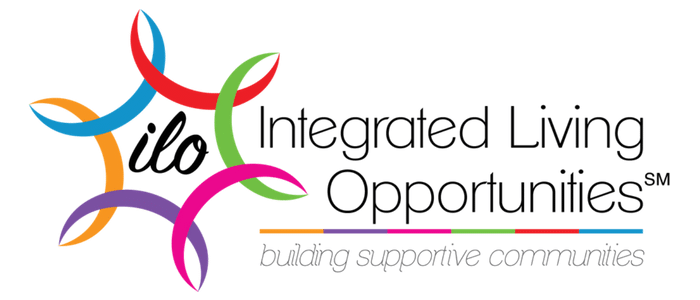Thursday, June 21, 2018
Shared from M&L Special Needs Planning, LLC, www.specialneedsplanning.net.
For most families, saving appropriately for post secondary education is a challenge. The cost of raising children, paying mortgages, and saving for retirement doesn’t leave much room for adding a college savings account into the financial plan. Here at M&L, we understand. We also understand that families with special needs may find it even more challenging to add post secondary savings to the already extensive list of expenses associated with raising a child with disabilities (i.e. medical bills, therapy, etc.).
As special needs financial planning experts, we have three key pieces of advice for families that decide to tackle this financial goal: start early, research your options, and consult an expert.
Creating Your Post Secondary Savings Financial Plan
Start early. It is never to early to start planning for your future. Aside from the obvious financial advantages of beginning early (interest compounds, meaning as time goes on the money you have saved earns you more), beginning early will give you room and opportunity to grow, learn, take risks, and make mistakes. If you still need encouragement to start planning now, please take a minute to read this great blog post published by Chesapeake Investment Planning, LLC.
Research Your Savings Options. Knowledge and information are the cornerstones of any good decision. Before you embark on your post secondary savings plan, it is essential that you have researched the topic and have a good grasp of the options available to you, as well as the pros and cons of each.
If you are just beginning this step, a good place to start is this blog. A few years ago, M&L published Saving for College Expenses for your Child with Special Needs. In this post, we touched on a number of different savings tools, such as the 529k Savings plan, the Coverdell Education Savings Account, and Custodial Accounts, among other things. This would be a good place to start learning about what is available. You may also want to check our blog archive on the topic, as well as our post secondary resources.
Consult an Expert. M&L Special Needs Planning, LLC offers a number of different services to help you prepare for your financial future, including saving for post secondary education. Our Comprehensive Special Needs Financial Life Plan is an individualized life plan for you and your family that takes into account the family as a whole, while focusing specifically on the individual with special needs. It will enable you to identify private and public resources available to you now and in the future, as well as outline the various steps (financial, legal, and other) that will need to be taken in order to secure a stable, financial future for your family. For more information on post-secondary options for your child, specifically in the Washington, D.C., Maryland and Virginia areas, please contact us, or inquire about our workshop, Transitioning Planning and a Discussion of Post-Secondary Options.
The Fully Accessible Guide to Paying for College for Students with Disabilities
While researching this topic, we came across an excellent resource – The Fully Accessible Guide to Paying for College for Students with Disabilities. This article, posted on Bankrate’s website, is a guide for helping individuals with disabilities find and learn about the different options available to them when it comes to financing post secondary education. It includes information on scholarships for individuals with disabilities, including those for individuals with autism, learning disabilities, visual disabilities, and hearing disabilities. It also helps individuals in their quest for federal aid, including information on the different types of aid – grants, scholarships, loans, etc. – as well as how to fill out the Free Application for Federal Student Aid (FAFSA). The Guide even includes a section on private aid, with recommendations on how to get more information if you should choose to pursue this option as a financial tool.
This Guide, which works with assistive technology, is an excellent, comprehensive resource about the financial options available to individuals with disabilities, as well as the rights of students that have disabilities. We strongly encourage you to take a moment to read through to the end, including the informative FAQ section for students with disabilities.
Thanks so much for visiting our website today – we hope that this blog has helped you with your post secondary financial planning. If you have any questions or require more information, please don’t hesitate to contact us.
